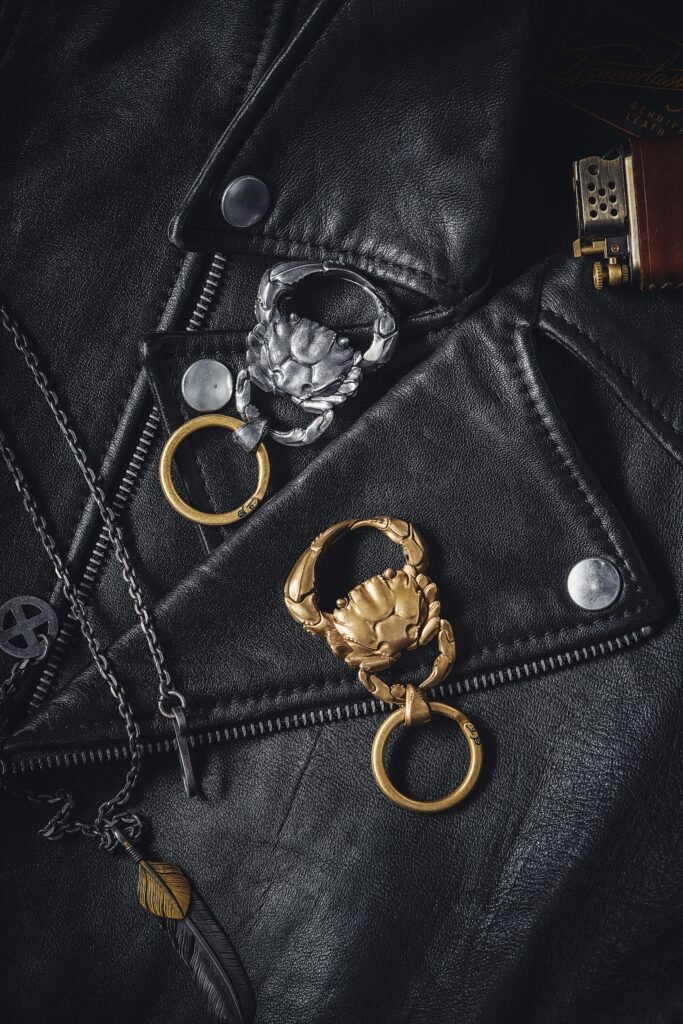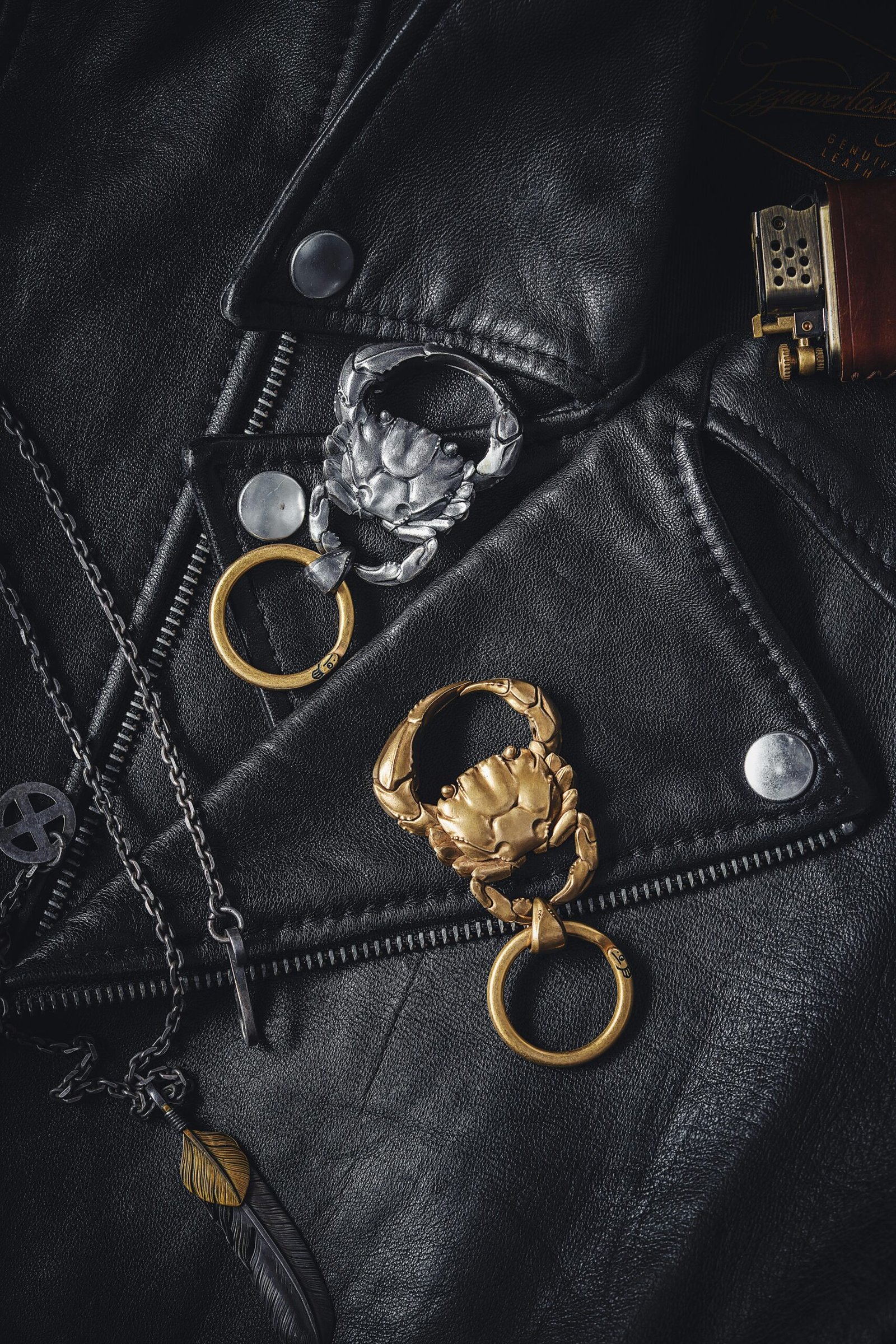Keeping your leather wallet looking pristine and in top-notch condition doesn’t have to be a daunting task. With the right knowledge and a few simple practices, you can easily clean and maintain your leather wallet, ensuring its longevity and timeless appeal. In this article, we’ll share essential tips that will help you keep your leather wallet looking its best, from cleaning off dirt and stains to conditioning the leather for added protection. Whether you’re a leather wallet aficionado or a first-time owner, these tips will surely come in handy, allowing you to enjoy your wallet’s beauty and functionality for years to come. So, let’s dive in and discover how to care for your leather wallet with ease and confidence!

This image is property of images.pexels.com.
Essential Tips for Cleaning and Maintaining Leather Wallets
When it comes to keeping your leather wallet looking clean and in good condition, choosing the right cleaning products and following a regular cleaning routine is essential. Here are some helpful tips to guide you in properly cleaning and maintaining your leather wallet.
Consider the type of leather
Before you start cleaning your leather wallet, it’s important to consider the type of leather it is made of. Different types of leather require different cleaning methods and products. For example, smooth leather wallets can usually be cleaned with a mild soap and water solution, while suede or nubuck wallets require specialized suede cleaners. Understanding the type of leather your wallet is made of will help you choose the appropriate cleaning products.
Avoid harsh chemicals
When it comes to cleaning your leather wallet, it’s best to avoid using harsh chemicals or cleaning agents that can damage the leather. Chemicals such as bleach, ammonia, or acetone can strip away the natural oils in the leather, leading to dryness and cracking. Opt for mild soap or leather-specific cleaners instead. It’s always better to be safe and use gentle cleaning products to preserve the integrity of your wallet.
Test the product on a small inconspicuous area first
Before applying any cleaning product to your entire leather wallet, it’s wise to test it on a small, inconspicuous area first. This will allow you to check for any adverse reactions or color changes on the leather. Apply the product as instructed and wait for a few minutes to see the results. If there are no issues, you can proceed to clean the rest of the wallet with confidence.
Regular Cleaning Routine
To keep your leather wallet looking its best, it’s important to establish a regular cleaning routine. This will help remove dirt, dust, and debris that can accumulate over time. Follow these steps to maintain the cleanliness of your wallet:
Remove all the contents from the wallet
Start by emptying your wallet of all its contents. This will make it easier to clean and ensure that you don’t accidentally damage any items that may be inside.
Use a soft brush or cloth to remove dust and debris
Gently brush the surface of your wallet with a soft brush or cloth to remove any dust or debris. Be careful not to scrub too vigorously, as this can cause scratches or damage to the leather.
Dampen a cloth with water and mild soap
Dampen a clean cloth with water and a small amount of mild soap. Make sure the cloth is only slightly damp and not wet, as excess moisture can harm the leather.
Gently wipe the wallet surface
Using the damp cloth, gently wipe the surface of the wallet in a circular motion. Be thorough but gentle to avoid water spots or damage to the leather.
Dry the wallet with a clean towel
After cleaning, dry the wallet with a clean towel. Remove any excess moisture to prevent water spots from forming.
Apply leather conditioner to keep the leather moisturized
Once your wallet is dry, apply a small amount of leather conditioner to keep the leather moisturized and prevent it from drying out or cracking. Follow the instructions on the conditioner packaging for the best results.

This image is property of images.pexels.com.
Dealing with Stains
Stains on your leather wallet can be quite frustrating, but with the right approach, they can be treated effectively. Follow these steps to tackle stains on your leather wallet:
Blot the stain immediately
When a spill or stain occurs on your leather wallet, it’s important to act quickly. Use a clean cloth or paper towel to blot the stain as soon as possible. Avoid rubbing, as this can spread the stain and work it deeper into the leather fibers.
Use a leather cleaner specifically designed for stain removal
For stubborn stains that cannot be removed with gentle blotting, consider using a leather cleaner specifically formulated for stain removal. These cleaners are designed to target and lift different types of stains without harming the leather.
Follow the instructions on the cleaner
Before using a leather cleaner, carefully read and follow the instructions provided by the manufacturer. Each cleaner may have specific guidelines for application and removal that you need to follow for the best results.
Test the cleaner on a small area first
Just like with regular cleaning products, it’s crucial to test any stain removal product on a small, inconspicuous area of your wallet before applying it to the stain. This will help ensure that the cleaner doesn’t cause any discoloration or damage to the leather.
Spot clean the stain with a cloth or sponge
Apply the cleaner to a clean cloth or sponge and gently spot clean the stain. Avoid saturating the leather with too much cleaner, as excessive moisture can harm the wallet.
Allow the wallet to air dry
After spot cleaning, allow the wallet to air dry naturally. Avoid using heat sources, such as a hairdryer, as they can cause the leather to shrink or crack. Once dry, assess the stain’s removal and repeat the process if necessary.
Handling Water Damage
Water damage can be particularly challenging to deal with when it comes to leather wallets. However, with prompt action and the right approach, you can minimize the potential damage. Follow these steps when your leather wallet gets wet:
Dry the wallet immediately with a clean towel
When your wallet gets wet, the first step is to remove excess moisture as quickly as possible. Use a clean, absorbent towel to gently blot the water off the surface of the wallet.
Avoid using heat sources to dry the wallet
While it may be tempting to speed up the drying process with the help of a hairdryer or heater, this can actually damage the leather. Heat sources can cause the leather to shrink, crack, or lose its natural oils. It’s better to let the wallet air dry naturally.
Stuff the wallet with paper towels to help maintain its shape
To prevent the wallet from losing its shape as it dries, gently stuff it with paper towels or tissue paper. This will help maintain the wallet’s structure and prevent any deformities.
Allow the wallet to air dry naturally
After blotting the excess moisture and stuffing the wallet, find a well-ventilated area and allow the wallet to air dry naturally. Keep it away from direct sunlight or direct heat sources, as they can cause the leather to fade or become discolored.
Apply leather conditioner after it has dried
Once your wallet is completely dry, apply a leather conditioner to restore its moisture and keep it supple. This will help prevent any drying out or cracking caused by the water damage. Follow the manufacturer’s instructions for application and allow the conditioner to soak into the leather.

This image is property of images.pexels.com.
Preventing Excessive Wear and Tear
To ensure the longevity of your leather wallet, taking preventive measures against excessive wear and tear is crucial. Follow these tips to keep your wallet in excellent condition:
Avoid overstuffing the wallet
While it may be tempting to carry everything in your wallet, overstuffing can put excessive strain on the leather and stretch it out of shape. Try to carry only the essentials to prevent unnecessary stress on the wallet.
Rotate the contents of the wallet regularly
To distribute the stress and wear evenly, it’s a good idea to rotate the contents of your wallet regularly. This will prevent specific slots or pockets from becoming overly stretched or worn out.
Avoid placing sharp objects or pens in the wallet
Sharp objects or pens can easily scratch or puncture the leather of your wallet. To prevent such damage, avoid storing these items inside and find a separate place for them.
Store the wallet in a cool and dry place
Leather is prone to damage from extreme temperatures and humidity. To protect your wallet, store it in a cool and dry location, avoiding areas with direct sunlight or excessive moisture.
Use a leather protectant spray for added protection
Applying a leather protectant spray can provide an extra layer of protection against stains, moisture, and other environmental factors. Look for a product that has been specifically designed for leather and follow the instructions for application.
Dealing with Scratches
Over time, scratches may appear on the surface of your leather wallet. While some scratches add character, deep or noticeable scratches can be bothersome. Here’s how you can deal with scratches on your wallet:
Try using a soft cloth to rub the scratch
For superficial scratches, a gentle rubbing with a soft cloth can help minimize their appearance. Use circular motions and apply light pressure to blend the scratch into the surrounding leather.
Use a leather conditioner or balm to help disguise the scratch
If the scratch is more noticeable, you can use a leather conditioner or balm specifically formulated to help disguise imperfections. Apply a small amount to the scratch and gently rub it in with a cloth. This can help restore the color and texture of the leather.
Consider professional leather repair for deep scratches
If the scratch is deep, extensive, or affecting the structural integrity of your wallet, it may be best to seek professional leather repair services. Professional leather craftsmen have the expertise and tools to address deep scratches and restore your wallet to its original condition.
Preventing Fading
Leather wallets can be susceptible to fading when exposed to prolonged sunlight. To prevent this, follow these preventive measures:
Avoid exposing the wallet to direct sunlight for prolonged periods
Direct sunlight can cause leather to fade, dry out, and crack. When not in use, keep your wallet away from windows, sunroofs, or any other areas with excessive sunlight exposure.
Use a leather protectant spray that contains UV inhibitors
To provide extra protection against fading, use a leather protectant spray that contains UV inhibitors. These sprays help shield the leather from harmful UV rays and minimize the chances of color fading.
Store the wallet in a protective pouch or a drawer
When you’re not using your wallet, store it in a protective pouch or a drawer where it won’t be exposed to direct sunlight. This will help maintain its color and prevent fading over time.
Proper Storage
Proper storage is crucial for preserving the condition of your leather wallet, especially when it’s not in use. Here’s how you can store your wallet correctly:
Clean the wallet before storing
Before storing your wallet, give it a gentle cleaning to remove any dirt or debris that may have accumulated. This will help prevent the build-up of grime or unpleasant odors during storage.
Stuff the wallet with tissue paper to maintain its shape
To prevent your wallet from losing its shape while in storage, gently stuff it with tissue paper or soft cloth. This will help the wallet maintain its natural structure and prevent any creasing or sagging.
Store the wallet in a dust bag or a fabric pouch
To protect your wallet from dust, scratches, and other potential damage, store it in a dust bag or a fabric pouch. These protective covers will help prevent surface abrasions and keep your wallet looking pristine.
Avoid placing any weight on top of the wallet
When storing your wallet, be mindful of placing any heavy objects on top of it. The weight can cause indents or distort the leather, compromising its structure and appearance.
Professional Cleaning and Maintenance
While regular cleaning and care can go a long way, there may come a time when professional intervention is necessary. Here are some instances where you should consider professional leather cleaning and maintenance:
Consider professional leather cleaning annually
To thoroughly clean and refresh your leather wallet, it’s a good idea to have it professionally cleaned at least once a year. Professional cleaners have specialized tools and knowledge to deep clean and condition leather items effectively.
Seek professional assistance for major stains or damage
If your wallet has encountered major stains or extensive damage that you’re unsure how to handle, it’s best to seek professional assistance. Leather experts can assess the situation and recommend the appropriate course of action to rectify the problem without causing further damage.
Consult the wallet manufacturer’s guidelines for professional maintenance
For specific guidelines on professional maintenance, refer to the wallet manufacturer’s recommendations. They can provide insights and recommendations on the best practices for cleaning and maintaining your specific wallet model.
Regular Inspection
Performing regular inspections of your leather wallet can help you identify any issues or potential problems before they worsen. Here’s what you should check during your inspections:
Check for loose or frayed stitches
Inspect the stitches on your wallet to ensure they are intact and secure. Loose or frayed stitches can compromise the structural integrity of the wallet, so it’s important to address them promptly.
Inspect the condition of the hardware
If your wallet has any hardware, such as zippers or clasps, examine them for signs of wear, rust, or damage. Repair or replace any faulty hardware to prevent further deterioration.
Address any issues promptly to prevent further damage
If you notice any issues during your inspection, such as loose stitches or damaged hardware, it’s crucial to address them promptly. Small problems can worsen over time and lead to more significant damage if left unattended.
By following these essential tips for cleaning and maintaining your leather wallet, you can ensure that it remains in excellent condition for years to come. Remember to choose the right cleaning products, establish a regular cleaning routine, and take preventive measures to prevent excessive wear and tear. By giving your wallet the attention it deserves, you can enjoy its longevity and keep it looking stylish and functional.
